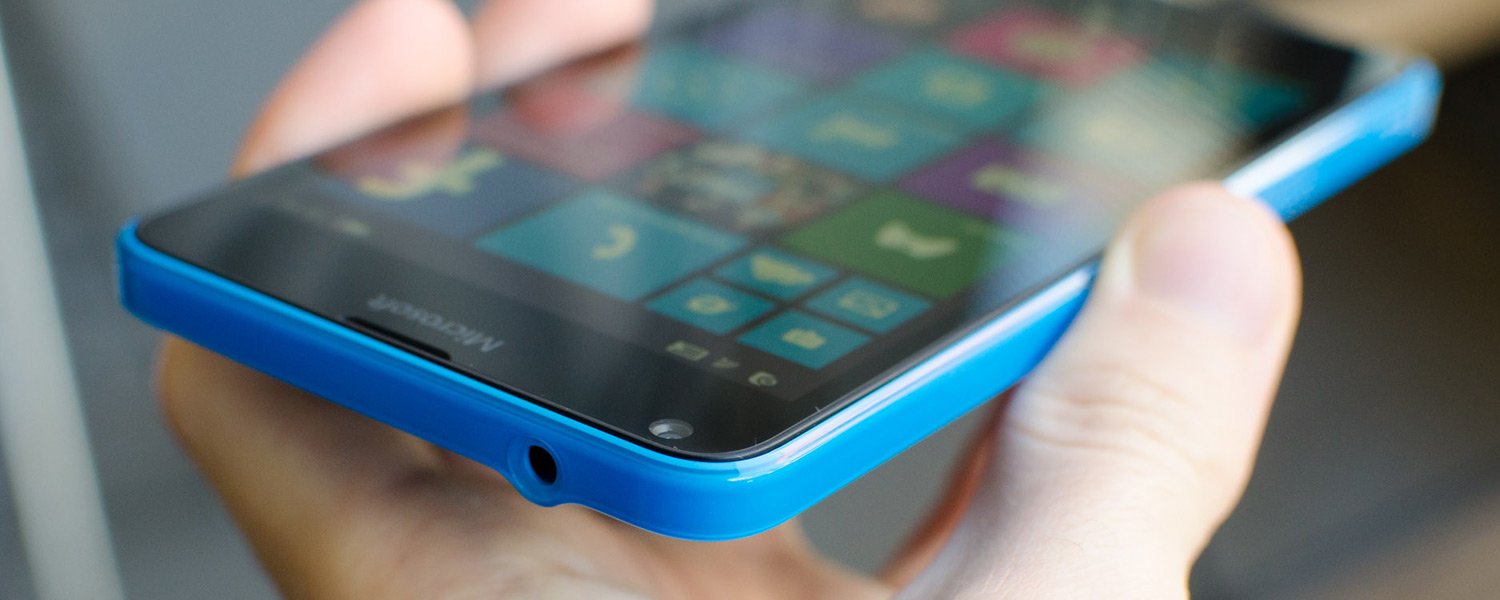Camera
The Lumia 640's camera is an 8-megapixel 1/4" CMOS unit, which features a pixel size of 1.12µm. I believe Microsoft has used an OmniVision sensor, though I haven't been able to confirm this. However the camera has been paired with an f/2.2 lens with an effective focal length of 28mm. The front camera is a weak 0.9-megapixel unit with an f/2.4 lens.
Even when considering the Lumia 640's entry-level status, I was disappointed with the quality of the smartphone's camera. The sensors on mid-range and high-end Lumias have historically been quite good, but on the Lumia 640 the quality of this eight-megapixel sensor is noticeably worse than the similar camera on one of this device's main competitors, the 2014 Moto G.
Outdoor performance is good without blowing me away. Images don't have a ton of dynamic range, and colors are universally undersaturated, but metering is surprisingly accurate in both cloudy and sunny conditions. I was impressed with the level of detail from this 8-megapixel sensor when low ISOs were used, and background blur is pleasant thanks to the f/2.2 lens.
In all other conditions, the Lumia 640 camera is very mediocre. As soon as an ISO higher than 100 is needed, a significant amount of detail is lost. At the higher ISOs that you'll need for night time and dark indoor shots, grain is introduced despite reasonably strong noise reduction filters. This is combined with average, but not terrible, color quality and metering.
Night shots are completely bereft of detail and contain lots of grain. It's unlikely you'll be able to manage a decent shot in these sorts of tricky conditions, which isn't too surprising considering the sensor's 1.12 micron pixels. There is a flash that can be activated when it's far too dark to capture a decent shot, though like most LED flashes, it's limited in range and has a habit of washing out colors.
The Lumia Camera app is the main port of call for photography on the Lumia 640, and it's okay. The Lumia 640 capture and focus times aren't amazing, but the ability to quickly and manually change settings like ISO, shutter speed and exposure is welcome. I also liked the ability to quickly start capturing video without needing to switch to a different screen.
However, the omission of a HDR mode, automatically activated or otherwise, is a major oversight for any camera application in 2015. HDR can significantly improve the quality of photos in certain conditions, so it's surprising to see this feature missing from Lumia Camera. The way extra shooting modes/apps are accessed through Lumia Camera, via the settings menu, is also very clunky and needs serious work.
I was pleased to see that the Lumia 640 supports 1080p video capture at 30 frames per second, which is something the Moto G 2014 doesn't support. Quality is acceptable, around the same quality as you'd expect after seeing still images. The video can look crisp on the Lumia 640's display due to downscaling, but it's not as highly detailed as the 1080p recording you can get from some flagship smartphones.








